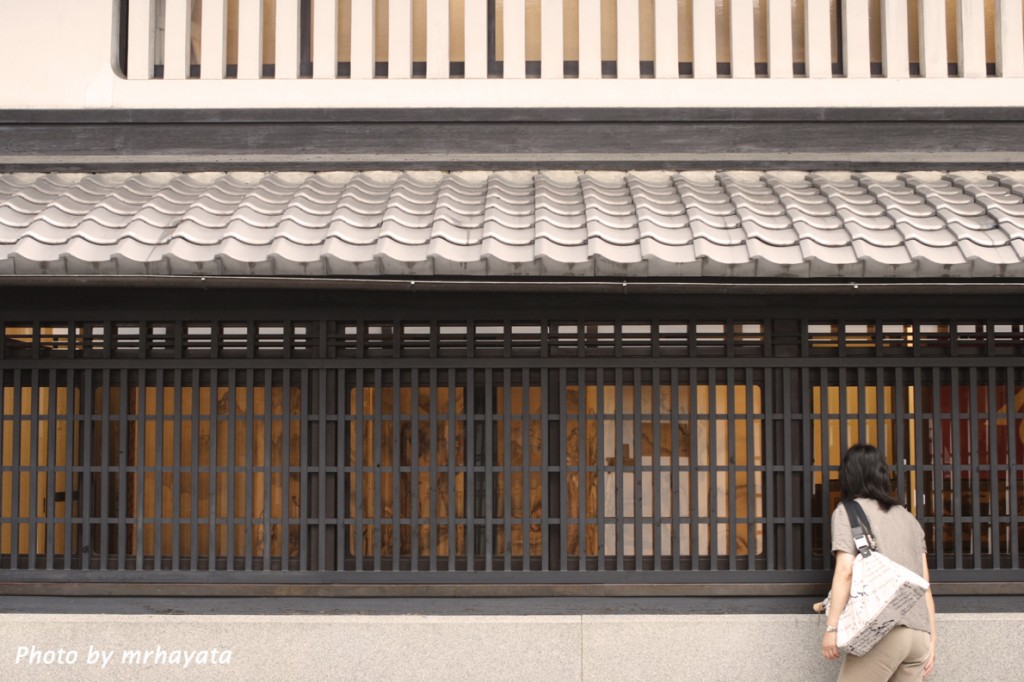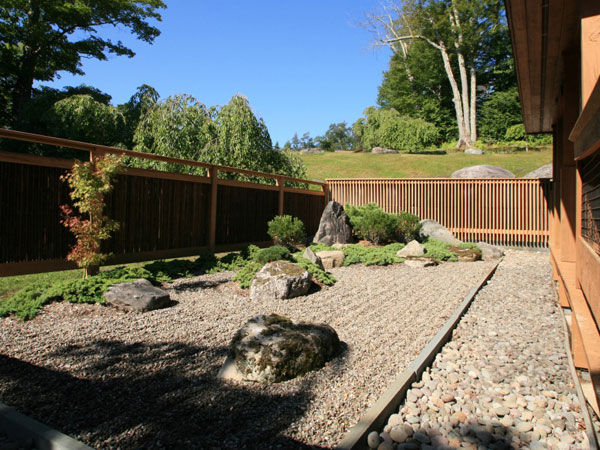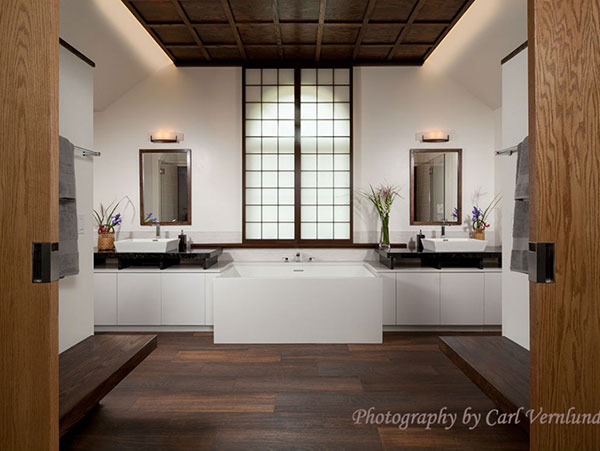Is this, seen on this picture of Machiya townhouse in Kyoto, an opening or a wall?
Japanese architecture have neither, not in a clearly defined way in Western architecture. An element that looks like a wall is thin and can slide open. Other things that look like openings are just perforated walls. The architecture’s post-and-beam structure and Japan’s humid climate are usully accounted for this lack of defferentiation.
But I believe that there is also an aesthetic reason for it.
Murata Juko, one of the founding fathers of Wabi-cha tea ceremony said ” The moon is not pleasing unless partly obscured by a cloud”. Japanese culture cherishes the beauty of imperfection and of unseen or unexpressed.
When you see an object or a scenery, and everyting is visible for your eyes, what else could it offer you? And what else coud you offer to it? “Nothing”, a Japanese of culture would say. Its beauty is deeper, when you imagine its hidden part and feel emotional aftertaste from imagining it.
So that is why Japanese invented an innnumerable patterns of wooden grilled wall, koshi (格子). Like a passer-by on this picture, your curiosity is stirred by being able to see just a part of the interior through koshi, and feel its beauty by imagining what is unseen. The various patterns of grills enhance and play with your imagination.
This trick of not showing all by using koshi can be used in your home in Connecticut or in any part of the world. Take a look at beautiful patterns here and expand your inspication. (Y)



